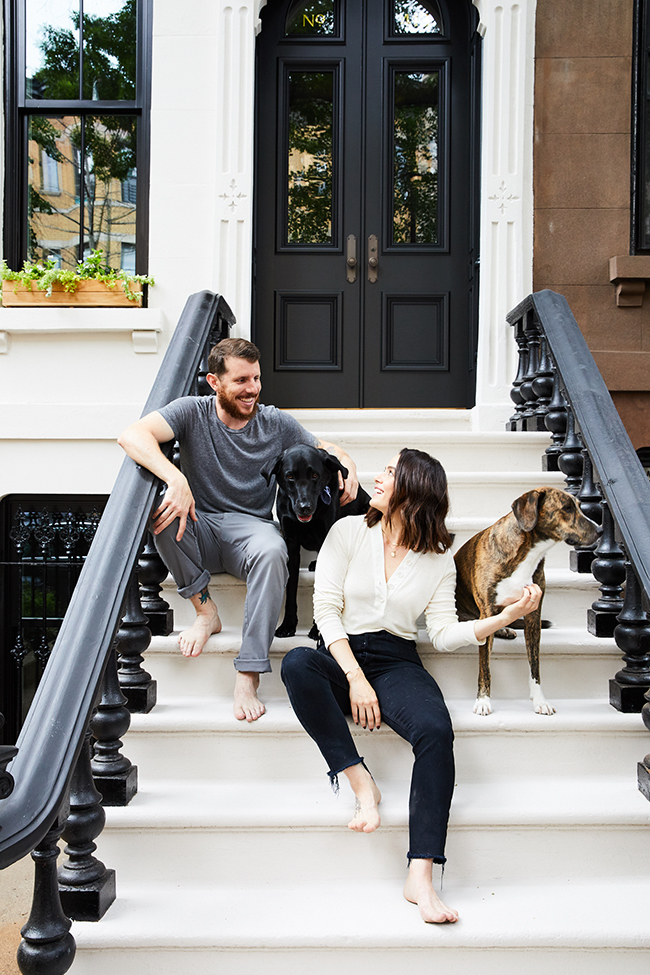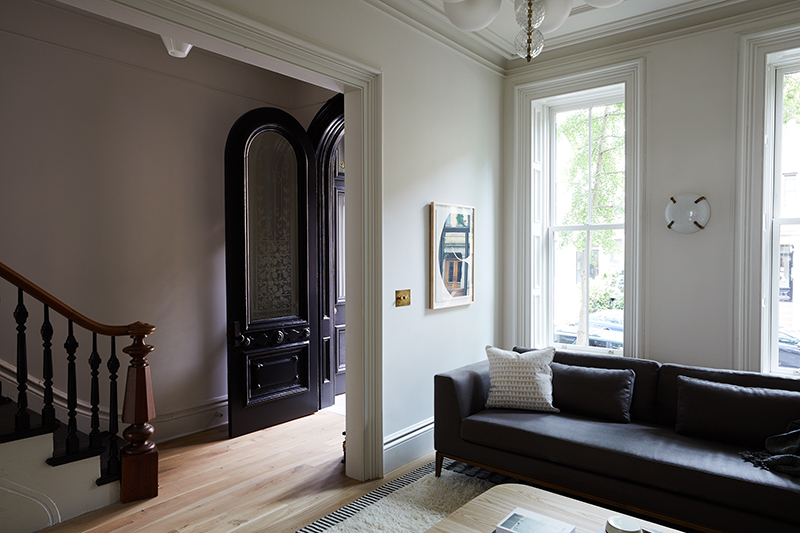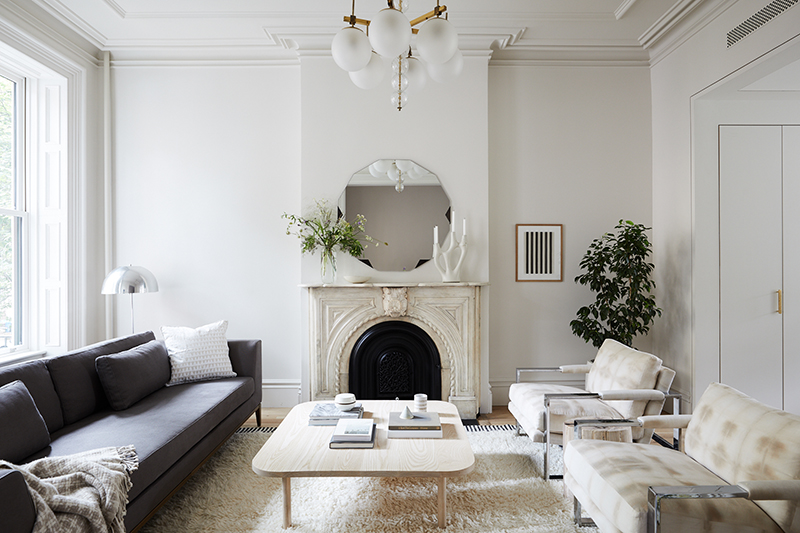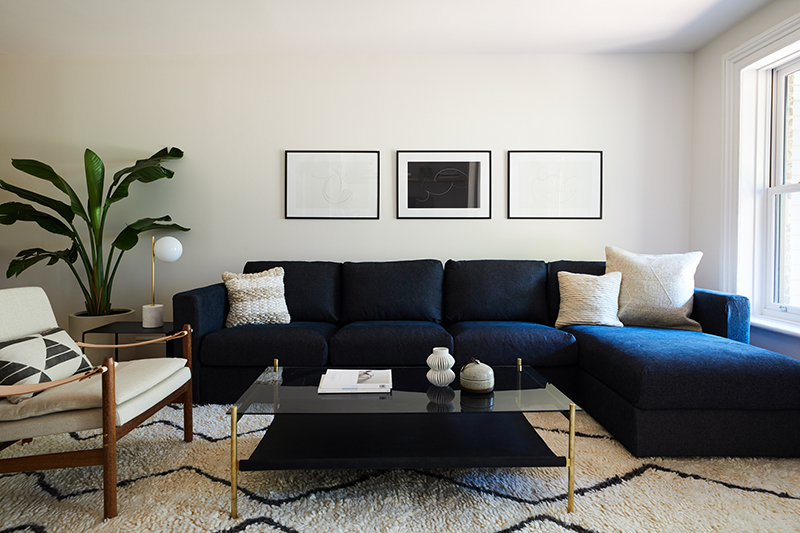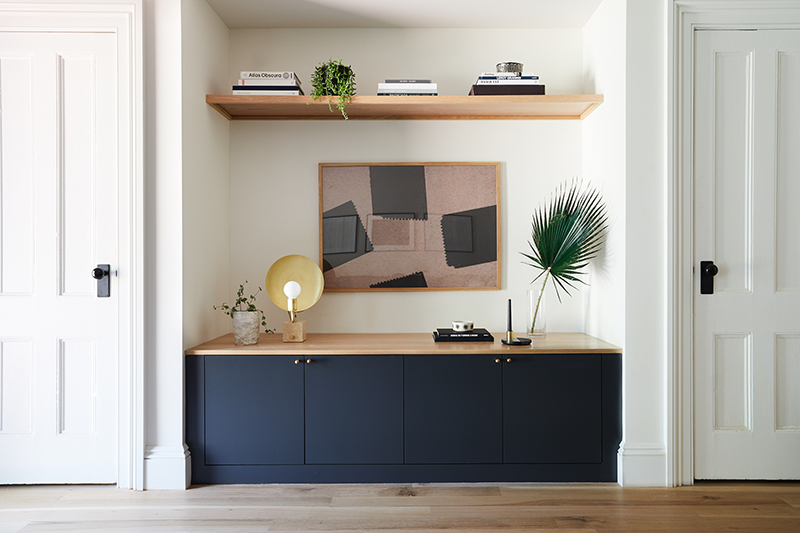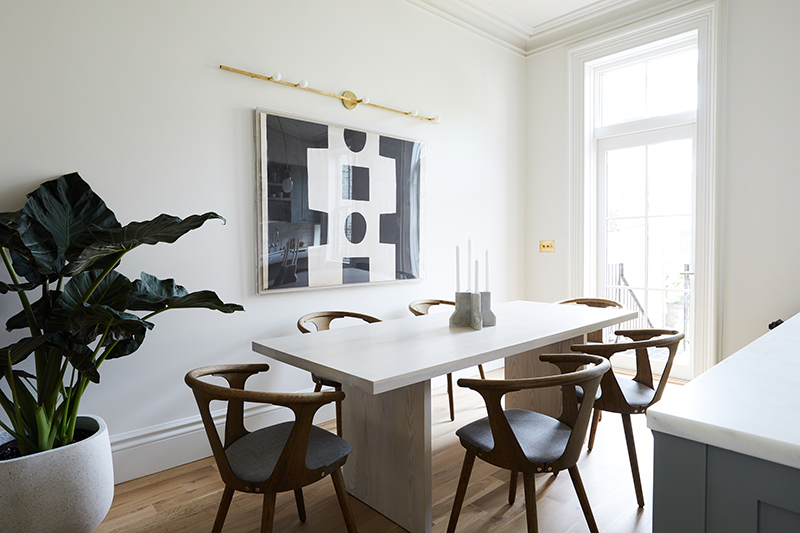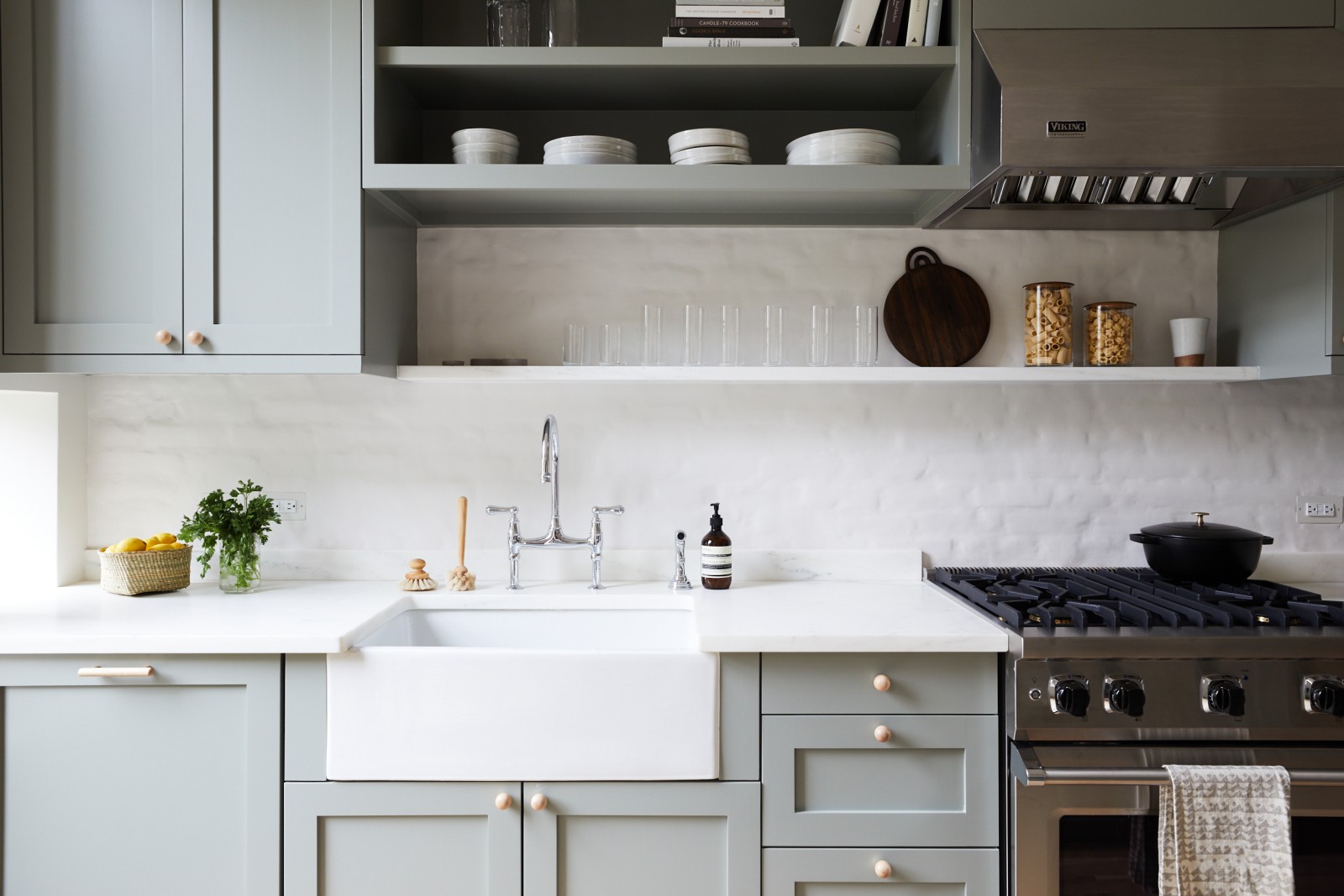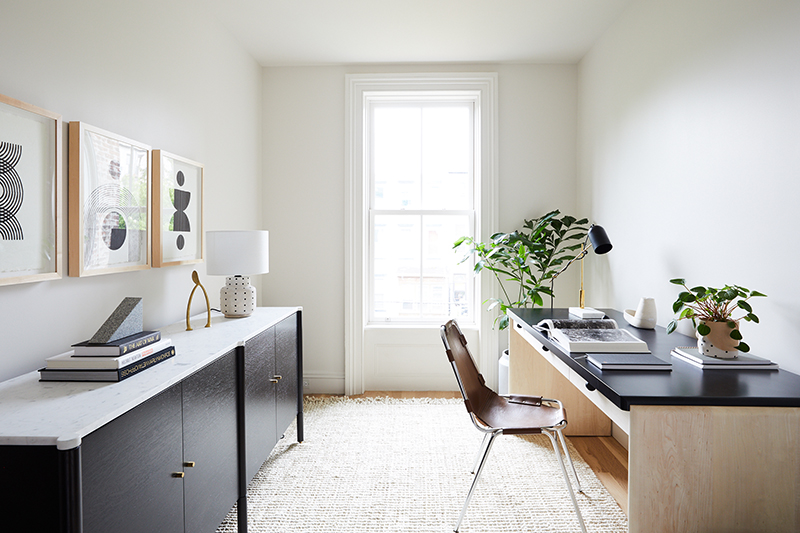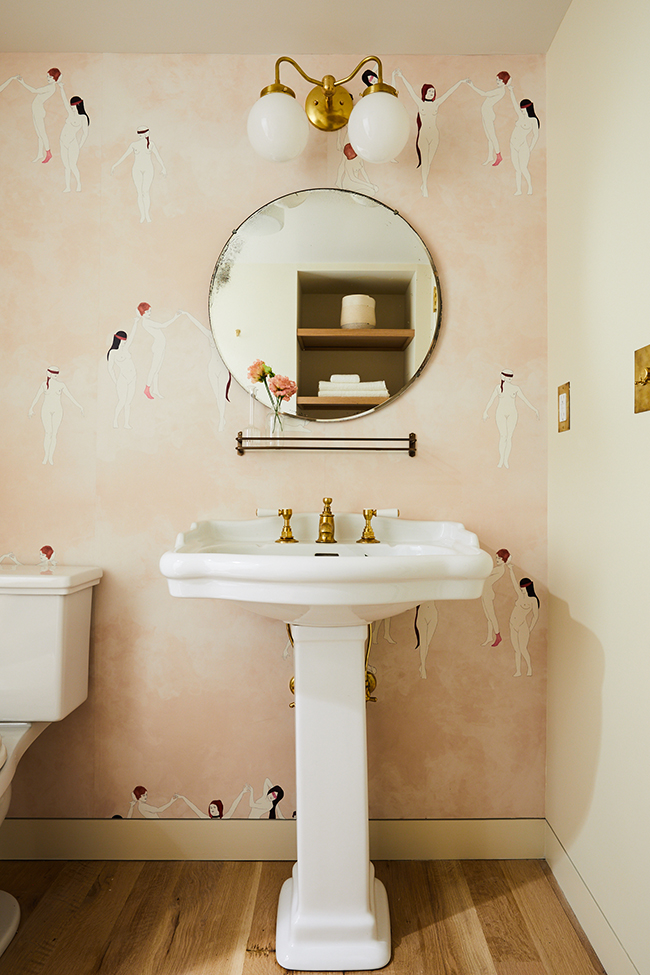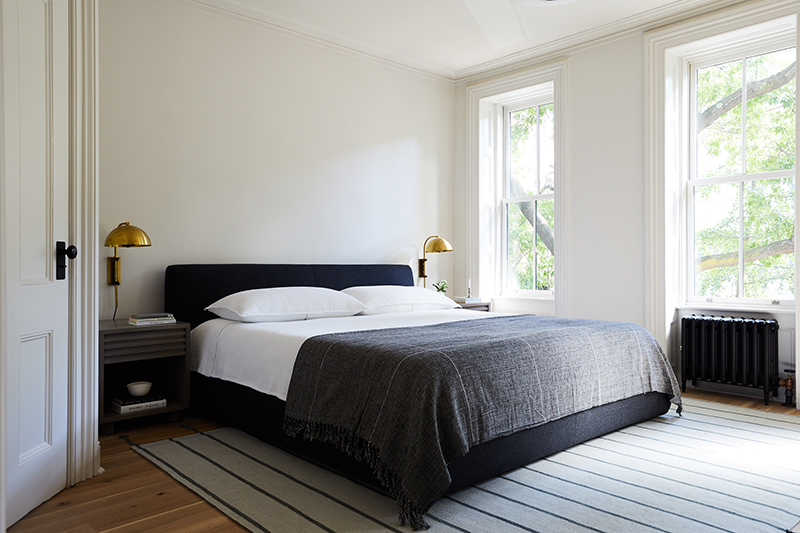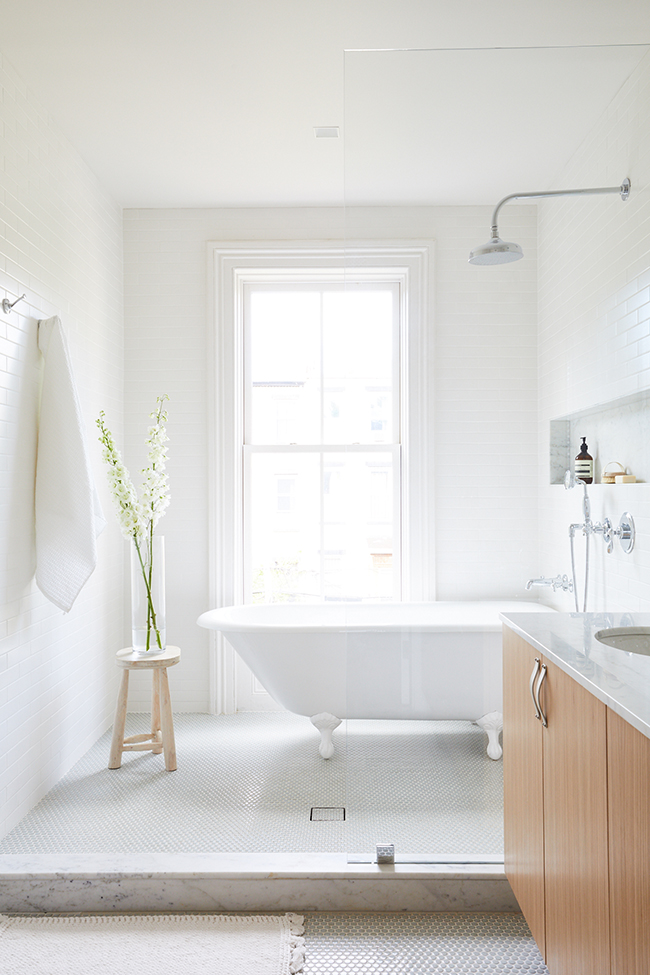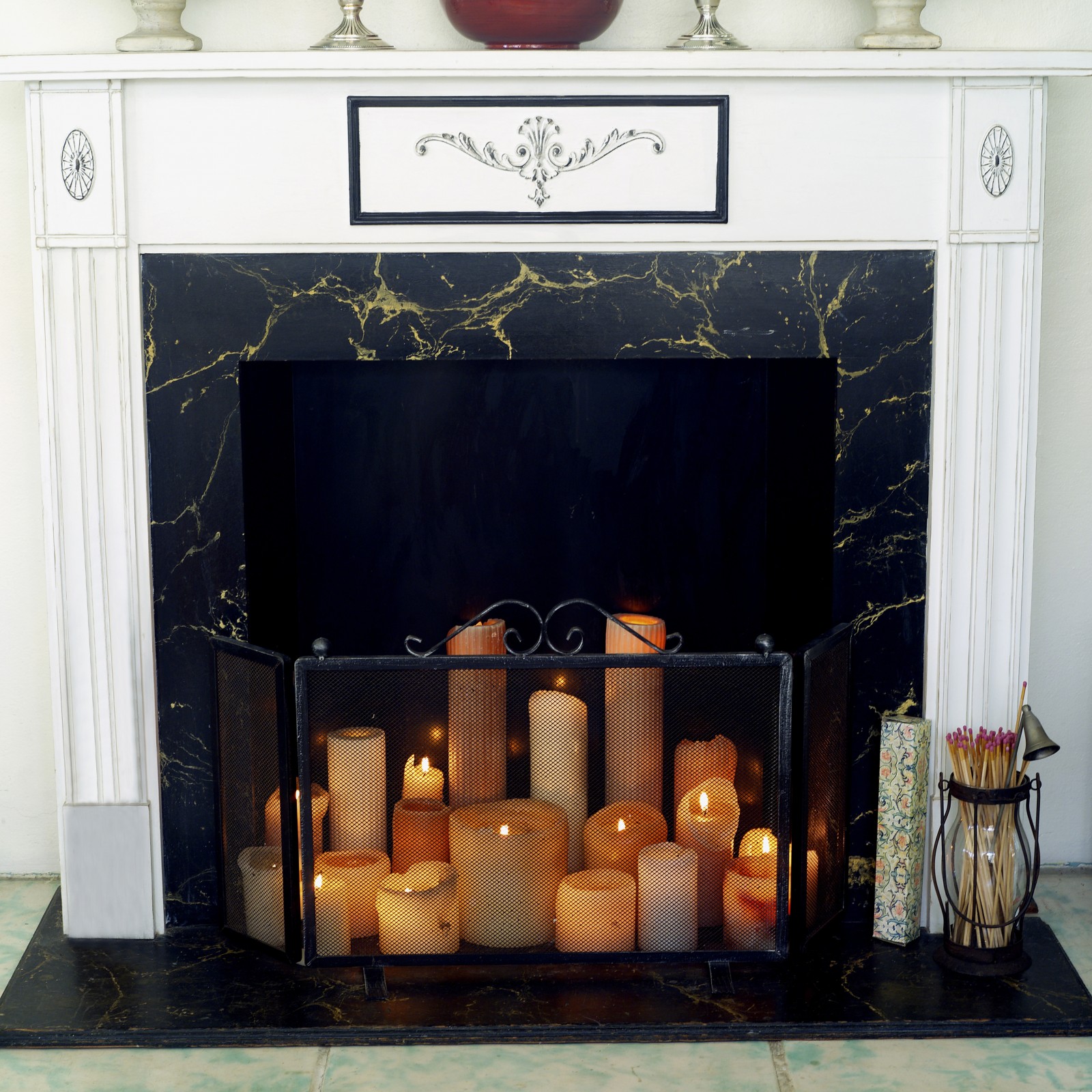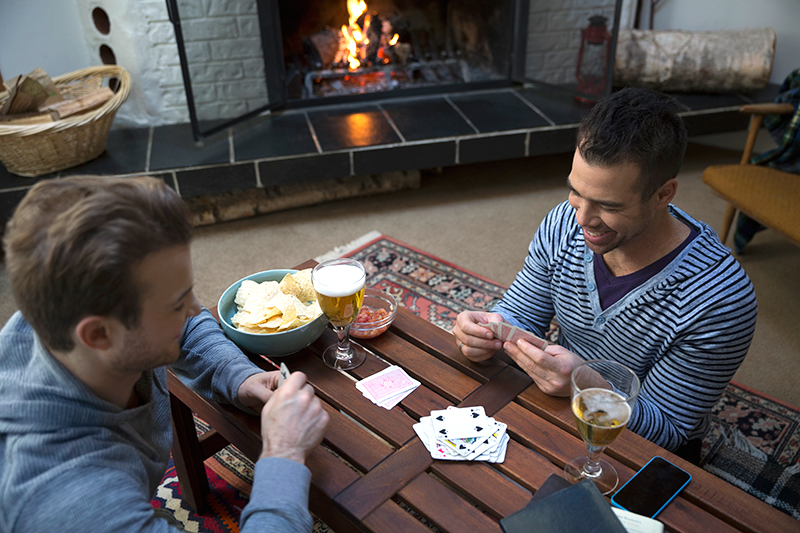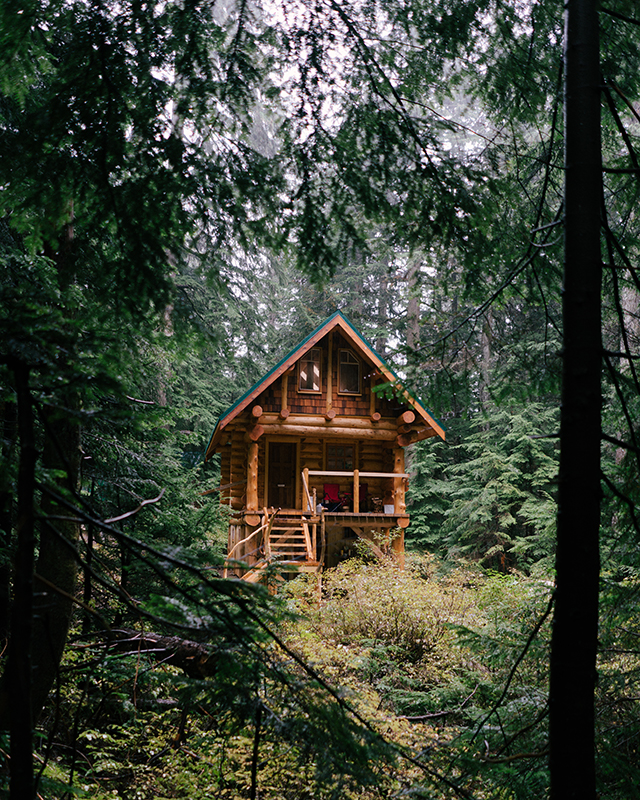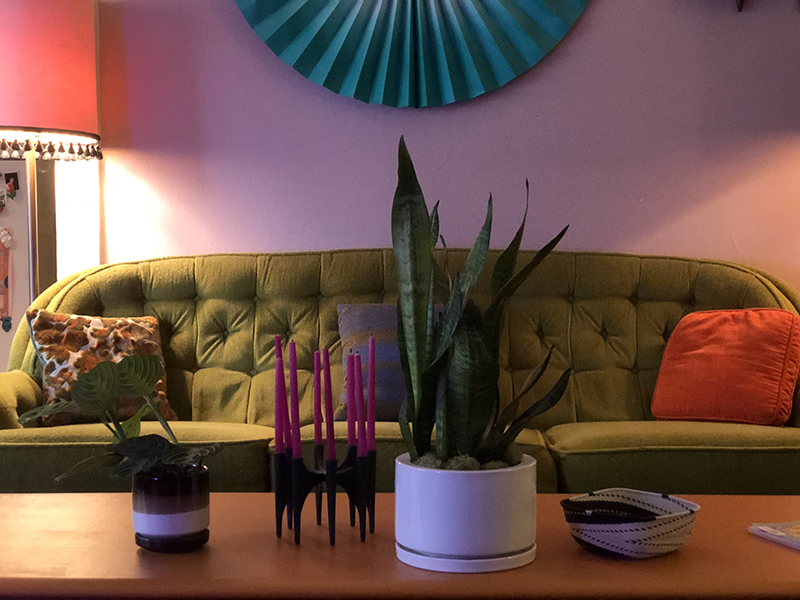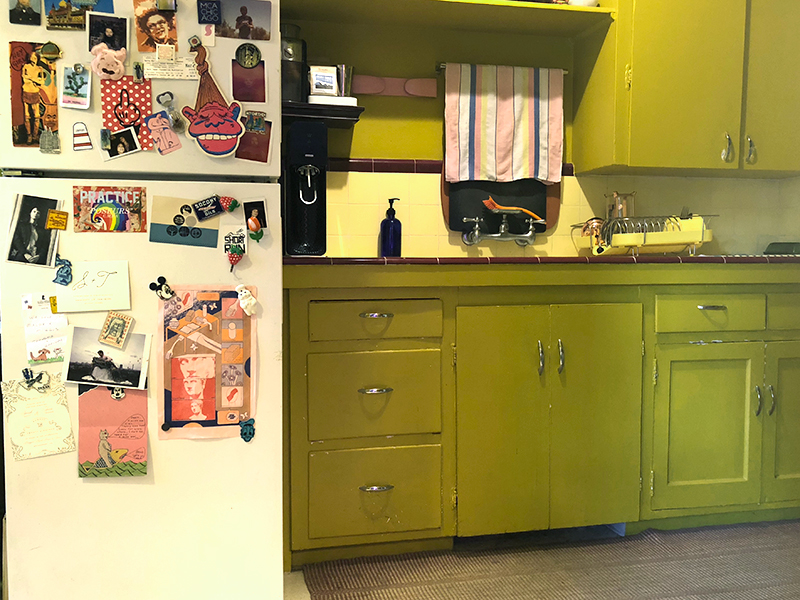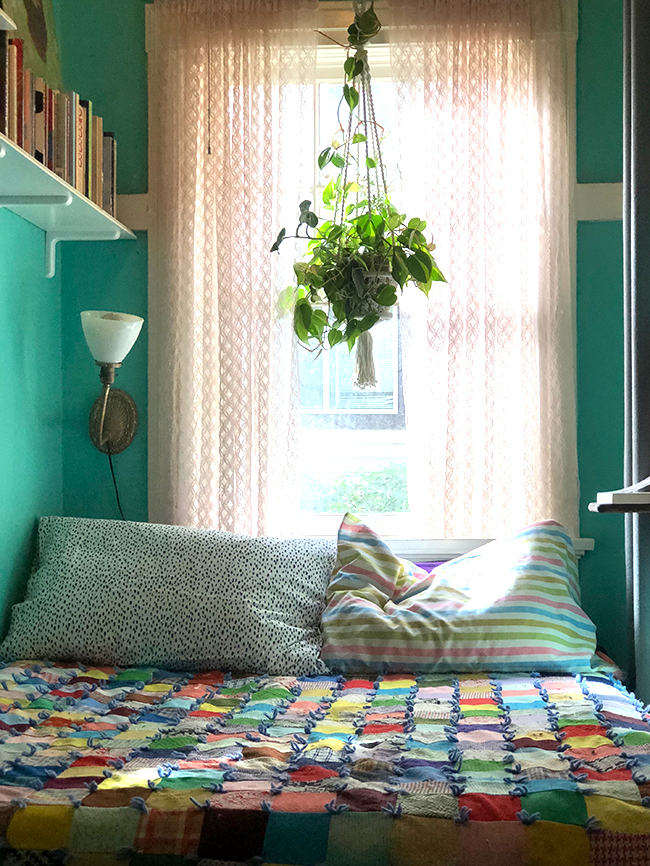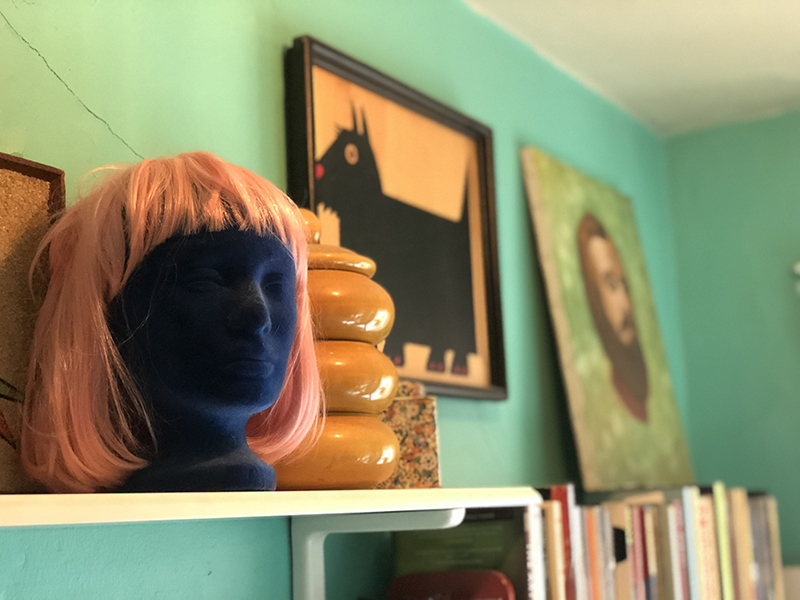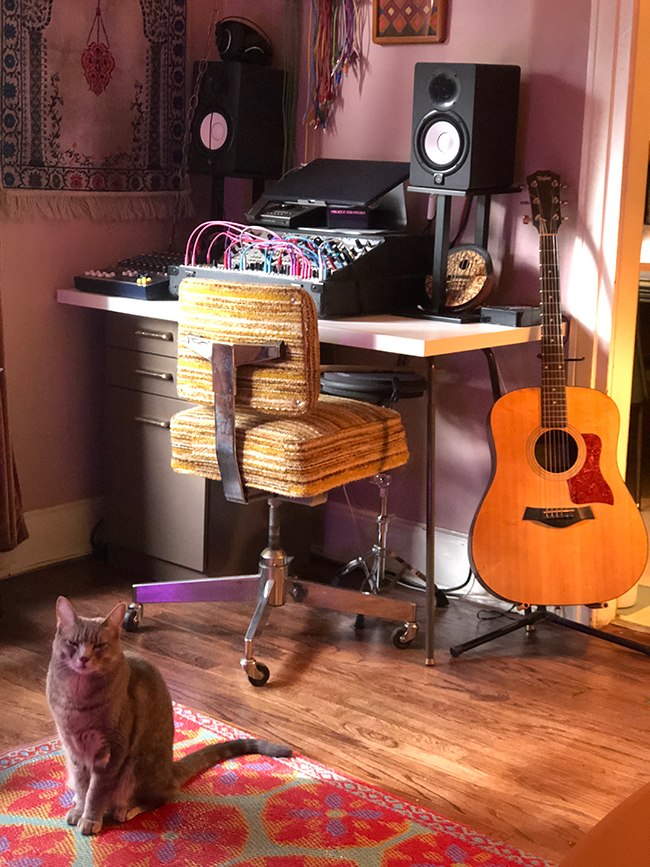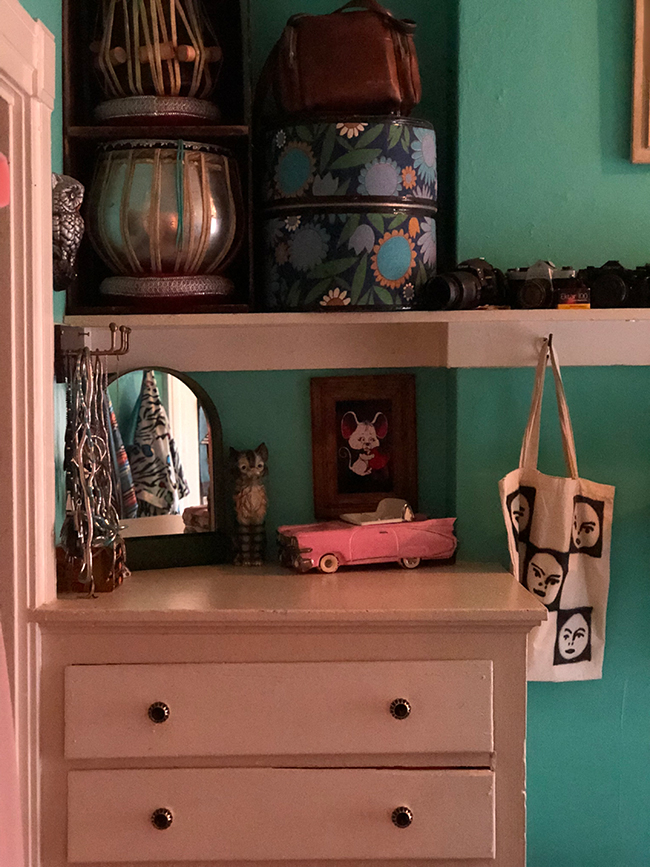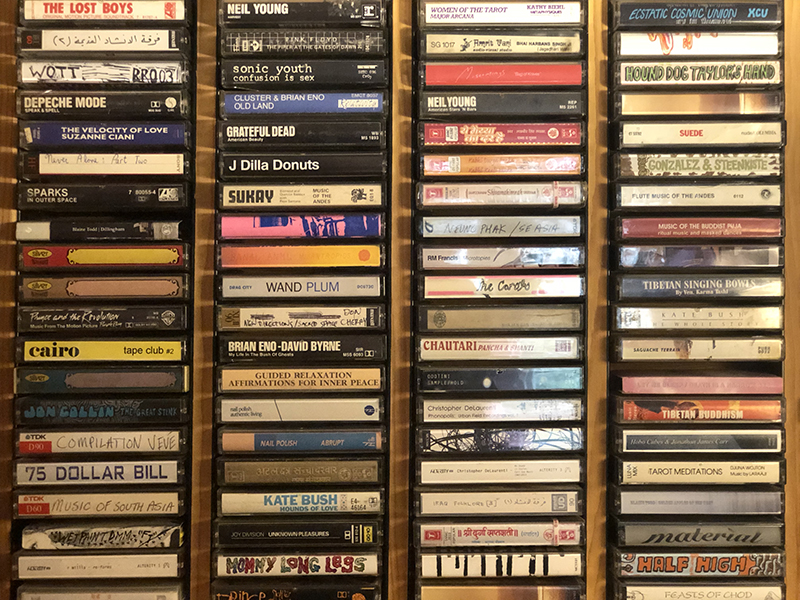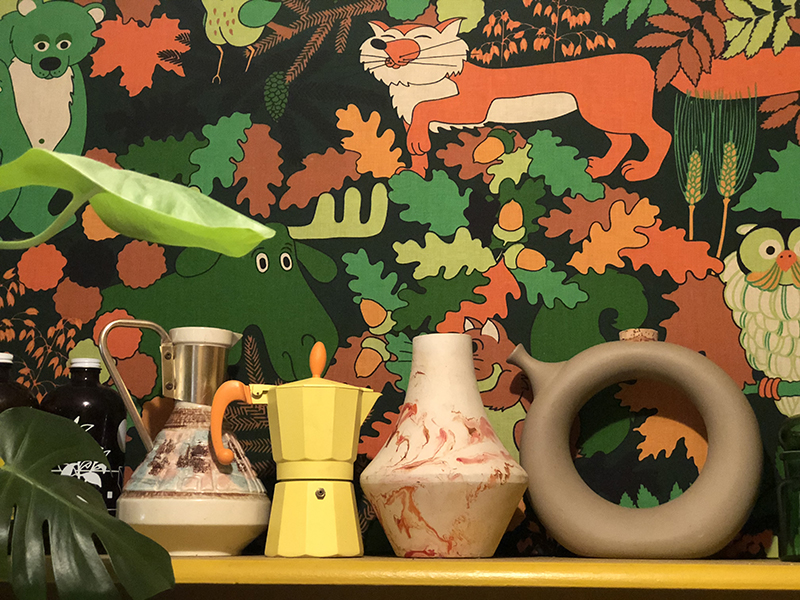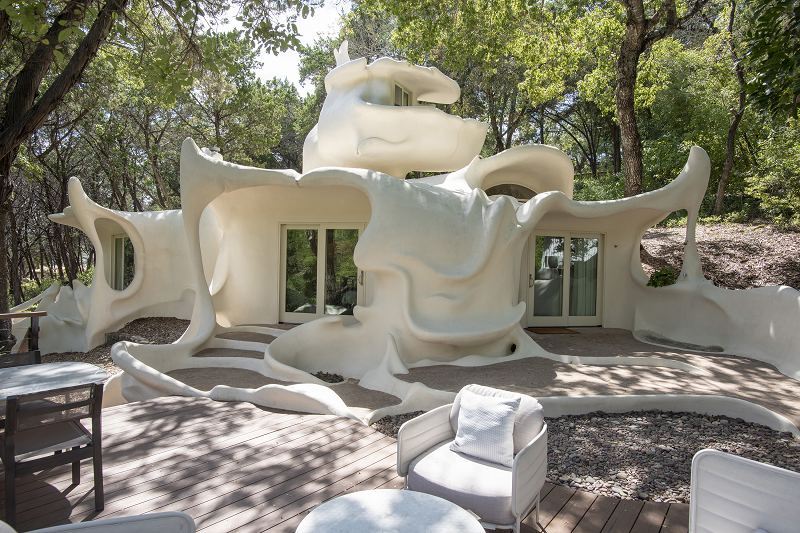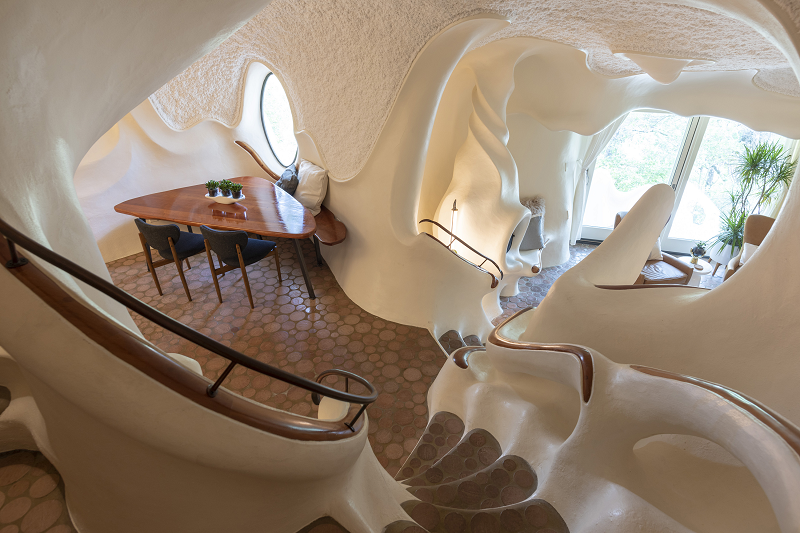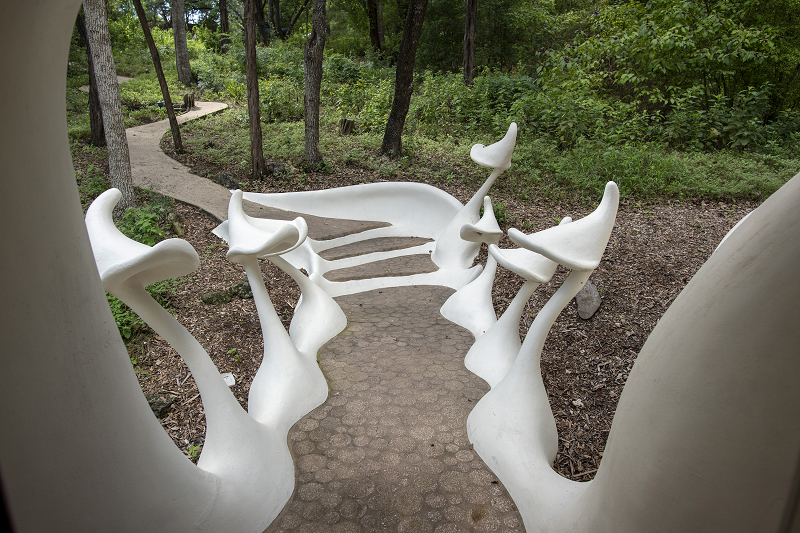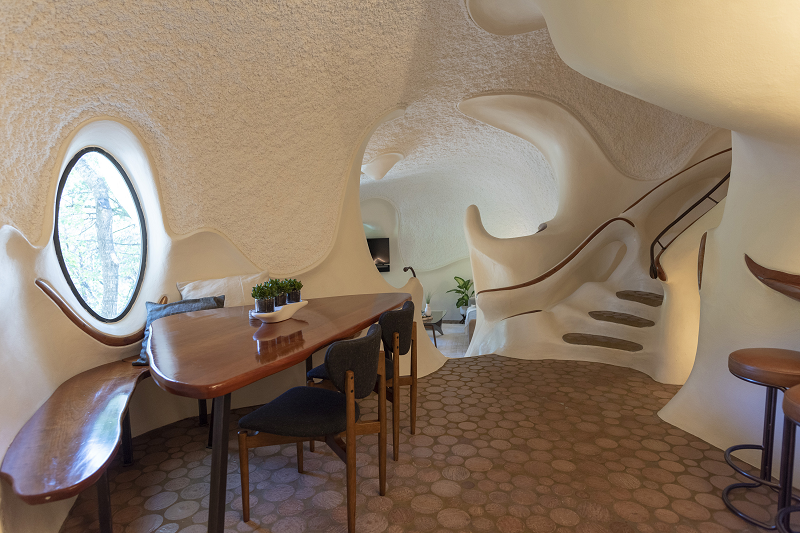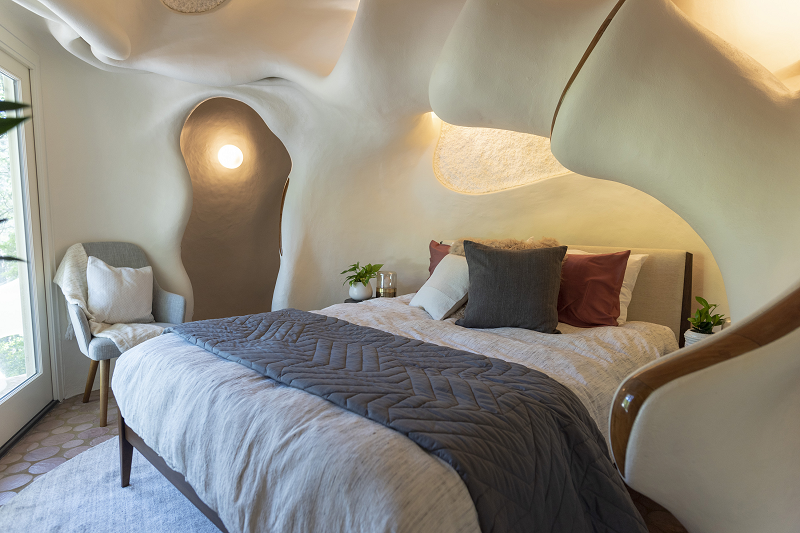Like many married couples, the Clarks have a lot in common: a last name, a first name (they're both Kelly) and an affinity for wide-open spaces - which inspired them to build a 10,000-square-foot barn-style home on 30 acres of land in Macon, Georgia.
But let's back up. Kelly Clark (that's him) and Kelly Moore-Clark (that's her) wanted a change of scenery for their family. So when a friend put some land up for sale, they decided to make a move.
"We pretty much bought the property sight unseen because you couldn't walk through it," Moore-Clark says, referring to the thicket of overgrown trees and plants that carpeted the ground. "We bought the land and then crossed our fingers that, when we cleared it, we would find a spot to build the home."
Spoiler alert: They found that spot. The perfect location sat at the back of the property on a hilltop, far from the main road.
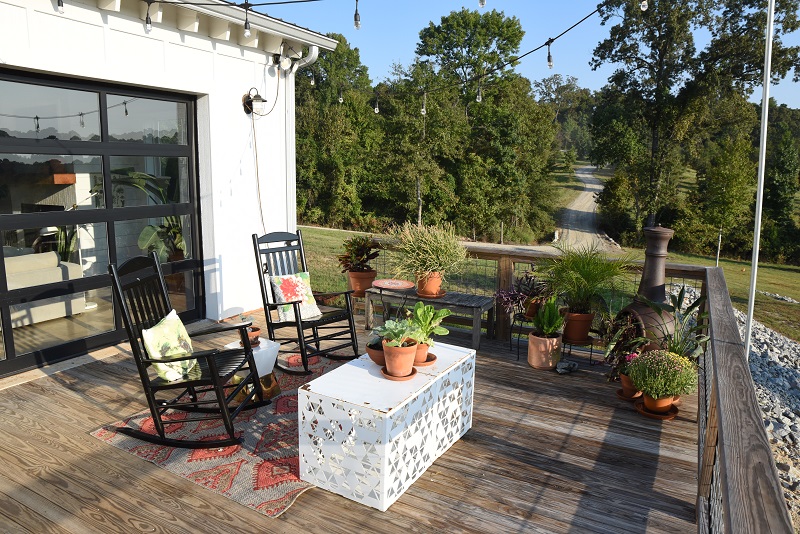
They immediately began working with a team of designers to create a plan for their space. The blueprints were beautiful, but something didn't feel quite right.
"We just couldn't pull the trigger on it. … It was just a gut feeling," Moore-Clark says. "I [felt] like whatever [was] supposed to be out here [was] supposed to be special."
Then, Moore-Clark's mother had an idea: Why not build a home that looked like a barn?
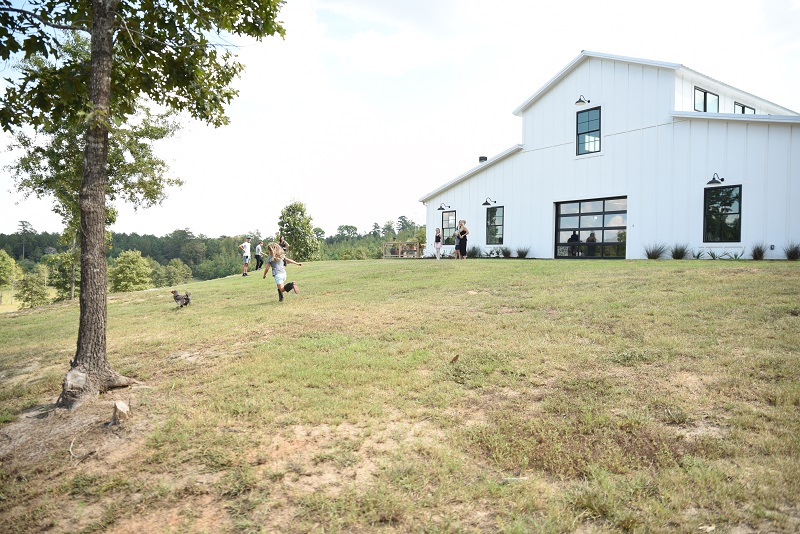
"I remember [my mom] specifically saying, 'You could roll the doors up and drive through the house,'" Moore-Clark says.
And that's when it all clicked. With the help of Moore-Clark's father, a former army draftsman, they made a new plan, hired a team of subcontractors and watched their home begin to take shape.
"It was a very organic [building] process," Moore-Clark says. "As the framers started framing it up, we would come into the room, and I would try to envision what our life [would look] like."
Moore-Clark doesn't have to use her imagination anymore. Today the couple, their three daughters, a dog, an old pony and 80 free-range chickens roam about the 10,000-square-foot home. And although they spend most of their time in a small fraction of the space, there's plenty of room to grow. Three main areas, to be exact.
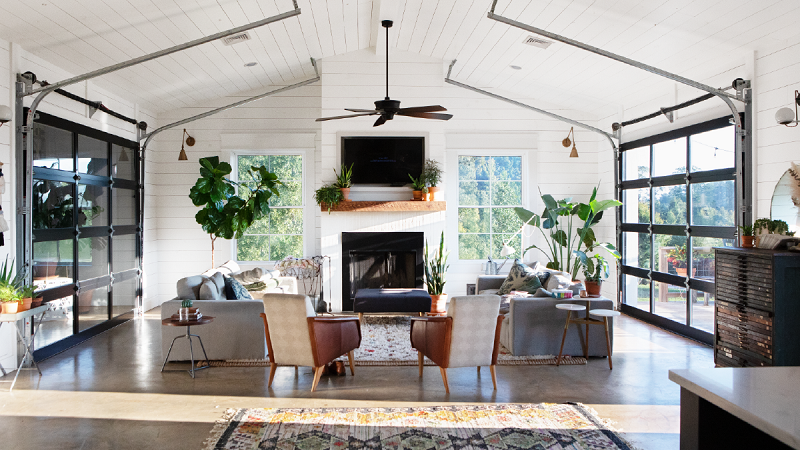
At approximately 2,250 square feet, the east side of the home is where you can usually find the family. This area includes the bedrooms, the living room/kitchen area and the bathroom.
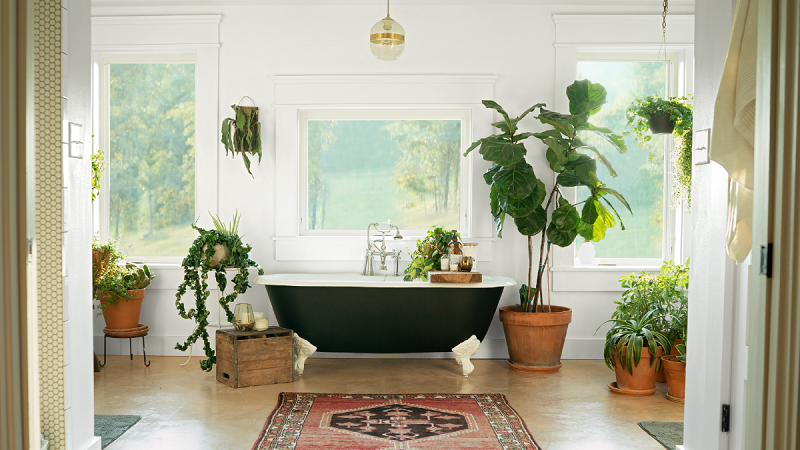
Speaking of that bathroom: "I wanted it to be like a little greenhouse," Moore-Clark says. Her vision for the bathroom predates the actual bathroom itself - she bought the tub before they started building.
Even though there's room for dozens of bedrooms, the girls share one room, complete with custom-designed bunk beds.
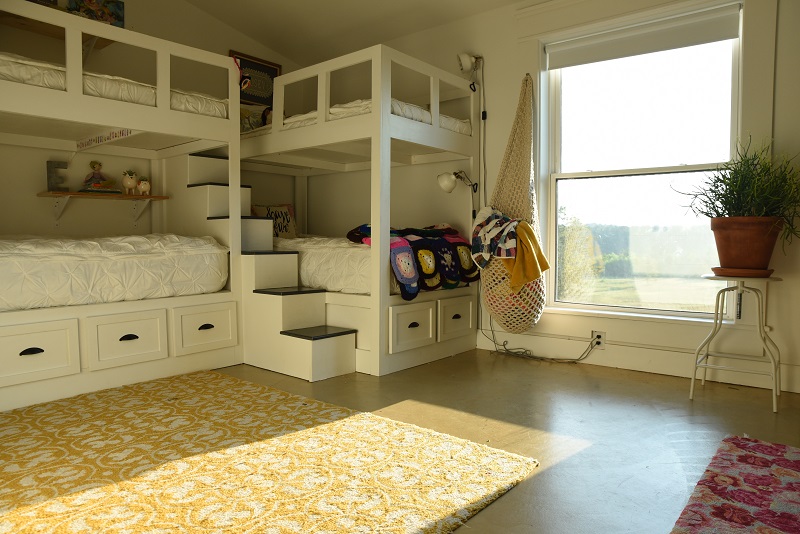
And then there's the breezeway. This is the second section of the home, and it's around 2,000 square feet. The breezeway is an indoor porch area with roll-up doors and plenty of living space.
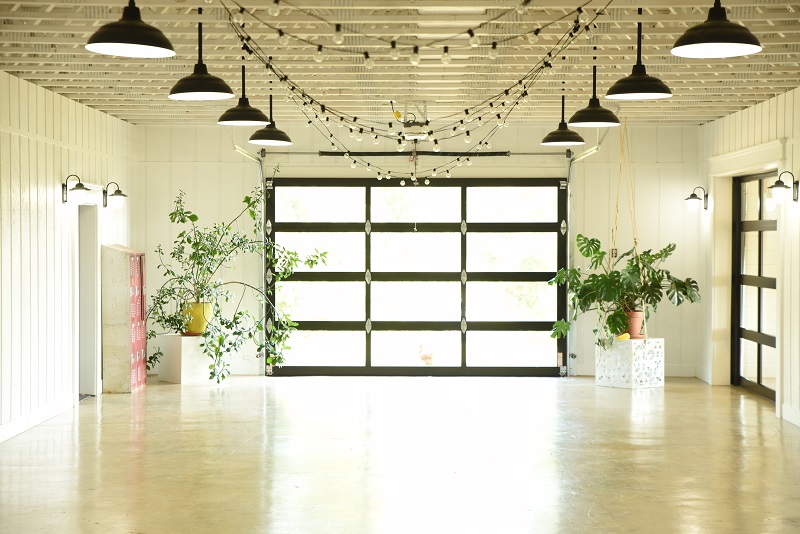
"Lots of playing happens in the breezeway," Moore-Clark says. "[The girls] ride their bikes through it, put on musical events with their friends - ballets, plays, lots of things."
Finally, there's the west side, which contains an office space, a home gym, a shop, and a guest bedroom and bathroom.
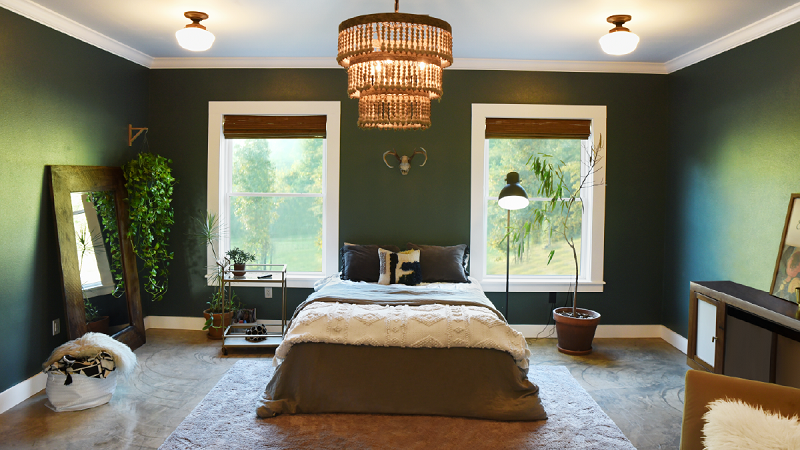
"When people stay … they really have their own space," Moore-Clark says. "You don't even hear each other. It's good for a little retreat."
The home is good for a lot of activities that fall outside the ordinary - it's hosted live music recordings, floral workshops and even a Christmas Eve church service.
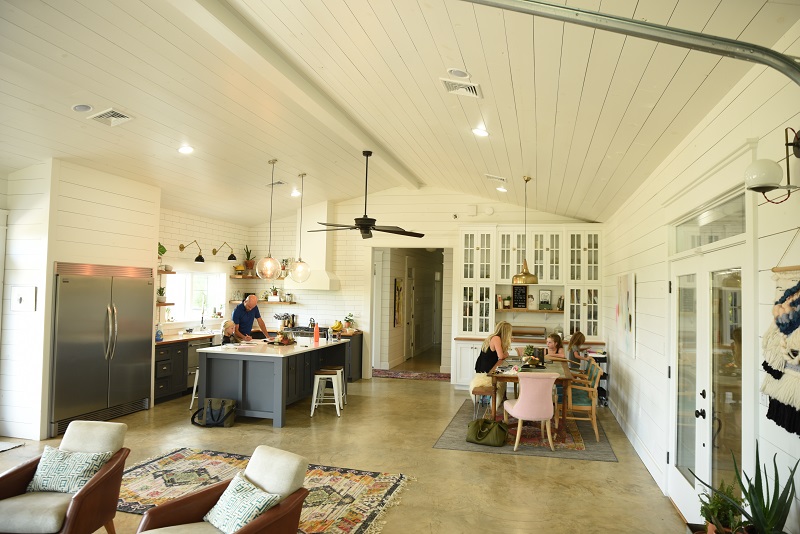
So what compelled Clark and Moore-Clark to create a space so vast and so intimate at the same time? They're not really sure. Yet.
"We feel like, one day, it's going to be used for something interesting. … [It's] a gut feeling." Moore-Clark says. "We don't know exactly why we built this place the way it is. But we knew it was right."
Photos by Seth MacMillan.
Related articles:
- A Farmhouse-Style Prefab That’ll Make You Want to Ditch the Big City
- Sleek Prefab Meets Rustic Red Barn – House of the Week
- Haylofts to Hardwoods: How One Family Salvaged a Historic Barn By Hand
via Zillow Porchlight https://ift.tt/2Og6hVm
